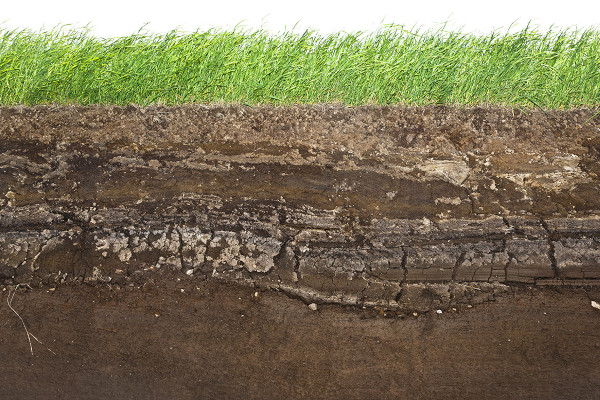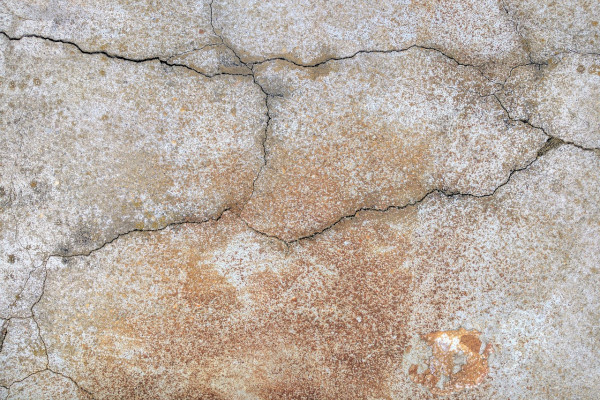Posts by Staff Editor
The Geology of Central Texas, or Why Foundations Do Funny Things
Introduction Central Texas has one of the most geologically diverse small regions to be found anywhere in the world. The many geologic layers, folds and faults cause different types of soil to outcrop in great profusion in this region. Many people have heard of the Balcones Fault. This is a system of many faults that…
Read MoreCracks! In Concrete
One of the more disagreeable features of construction concrete is its ability to generate cracks. Cracks are of several varieties. Some are very fine, almost invisible to the naked eye, some are large and ominous looking. There are two basic types of cracks; the first type is shrinkage related while the second type is external…
Read MoreFraming Problems
Most single and multi-family residences and significant number of small to mid size commercial structures utilize wood framing for structural support. Terms: Timber Framing – refers to heavy timber 8″ x 8” or larger. Lumber – surface finished (S4S) wood members equal to or smaller than 6″ x 6″ or 2″ x 14″. GLU-LAM –…
Read MoreWhat Is the Deal about Fill?
Fill is a broad subject that is frequently a factor in residential foundation construction. Most often, fill is a legacy the builder inherits when he buys lots which have been filled by the developer. Fill can generally be divided into three types: Engineered fill Forming fill Uncontrolled fill Engineered fill is that which has been…
Read MoreBalconies, Stairs and Landings
Of the various types of balconies, the overhanging or cantilever types are potentially the most dangerous. Balconies can be found on single family dwellings, but most frequently are found in condominiums or apartments. A balcony can totally collapse if it becomes structurally unsound. Many deaths and serious injuries have resulted from collapse. Balcony live loadings…
Read MoreSteel Framing for Residences
Steel structural framing has been used for many years in commercial construction. It is only used rarely for residential construction. The main reason appears to be that “it has always been done that way”. Another reason is probably that homebuilders do not have access to subcontractors who are familiar with utilizing steel as a construction…
Read MoreI Think I Shall Never See a Slab as Lovely as a Tree
Trees are common fixtures around the constructed environment and greatly enhance the livability and value of homes, offices, shopping centers, and other facilities used by man. If you have a shallow soil supported foundation or slab, or other near surface construction such as pavement in conjunction with a high plasticity clay, trees can also be…
Read MoreDamp Rot
Wood frame construction is used practically 100% in single family and many multi-family residences. In addition, many smaller commercial structures use wood frame. Poor construction is usually the cause that permits water entry and long term dampness in wood framing. This is especially prevalent at sill plates and lower studs in contact with masonry or…
Read MoreDefining Foundation or Structural Failure
When has a foundation or any other structural unit failed? There are three categories in which a structure could be placed with regard to structural performance: Obvious failure: Collapse Major distress and distortion Functionality Impairment Obvious non-failure: No distress No distortion Not so obvious: Some distress Some distortion Partial functionality impairment Case I and case…
Read MoreShrinkage Crack Considerations for Post-Tensioned Foundations
Shrinkage cracks in concrete slab-on-ground foundations are a significant public relations problem to home builders. All concrete will shrink during the curing process which lasts up to a year after the time concrete is placed in the forms. Curing involves loss of water from within the concrete, both when it is in a plastic state…
Read More


